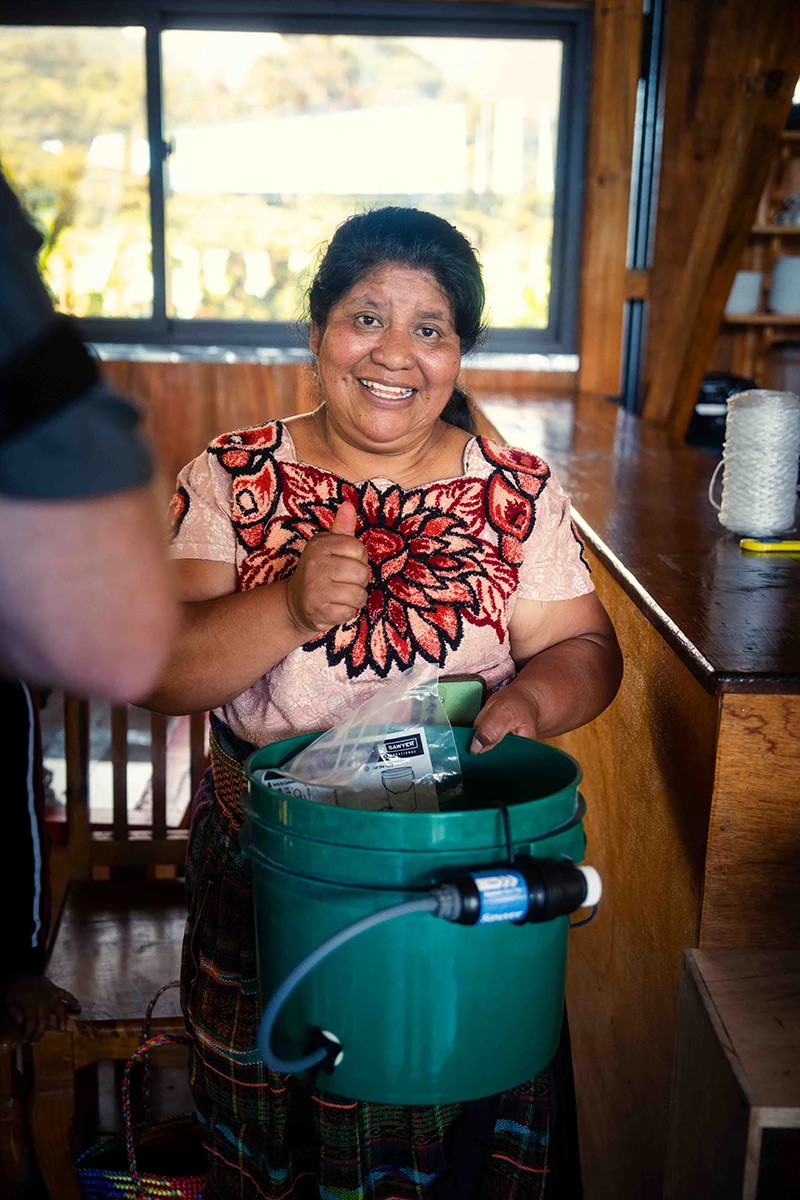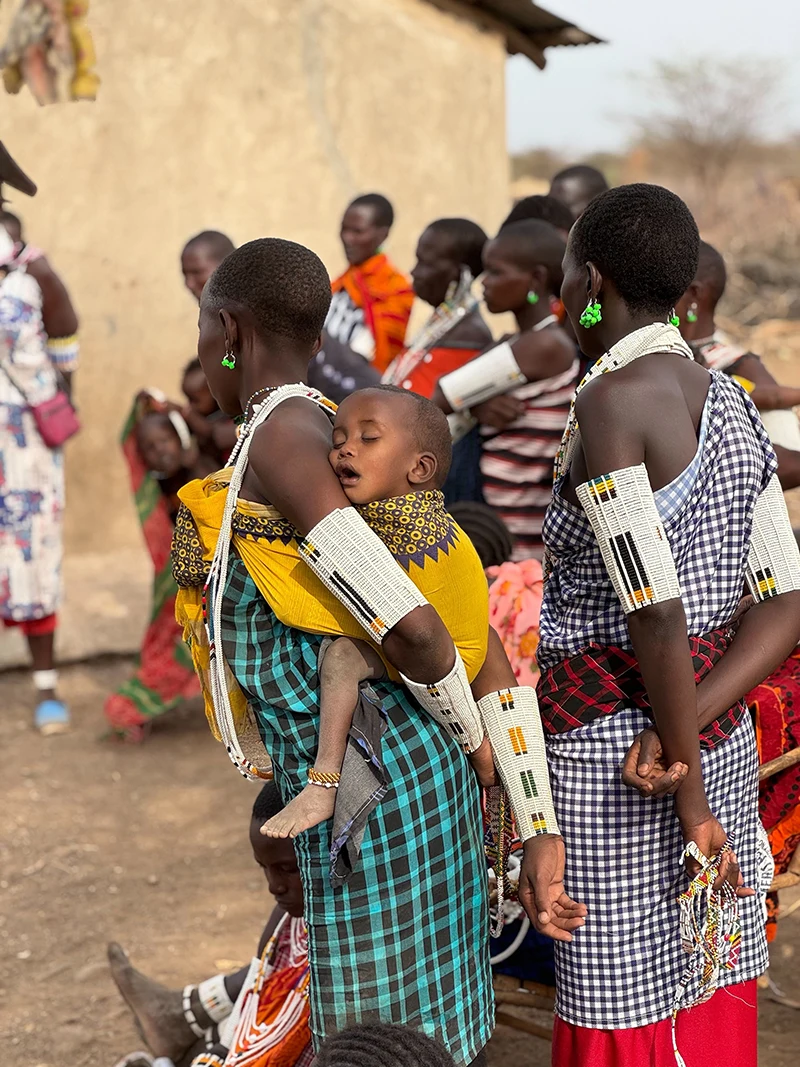

From the origins of West Nile Virus to tick territory expansion, our team sat down with epidemiologist Dr. Jeri Mendelson to ask our burning questions about the realities of staying safe in the face of insect-borne diseases.
What is your background in Tropical Medicine and how did you become so passionate about infectious disease?
My first career was in big game field biology which took me to Thailand with the Smithsonian environmental program and eastern Oregon with the Forest service. After leaving the Forest service I studied the echolocation pattern of the leaf nosed bat and received a Masters degree. I went on to medical school and did my residency in Dermatology. I’m having a wonderful career in clinical derm, but frankly miss my wildlife roots.

Having worked so closely with animal populations in my former career, my interests led me to zoonotic diseases, which we also call “spillover” diseases. These are diseases that come from animal populations, usually have a reservoir host, vector (most commonly a mosquito or tick) and unfortunately in some cases, we become the accidental host which causes disease.
So in 2016 I brought in a Dermatologist to take over my practice and I went to Baylor med school and pursued a diploma in tropical medicine. I’ve also been so fortunate to speak at the Wilderness Medicine conferences and there I present talks that address these topics.
Last weekend I heard, “oh, there’s no ticks in Oregon.” What can you say about how widespread ticks and tick-borne diseases have come in the last few years?

Well, I can tell you first hand, we have an abundance of ticks here in Oregon. We just did a study here in southern Oregon and found, by using PCR tests on the nymph stage of the deer tick, Lyme disease is in our valley.
Ticks are very capricious little critters; they excel at certain temperatures and humidity levels and with some of the pattern changes in our weather we are seeing diseases in places we’ve not seen before.
We're also seeing this in the mosquito population. There are two species of Aedes mosquitoes which carry disease. The more aggressive species is starting to migrate north from South America due to increased temperatures and humidity. This mosquito transmits diseases like ZIKA, Chikungunya, Dengue fever, and Yellow fever.
What keeps you up at night or concerns you the most right now with mosquito and tick-borne diseases?
I’m concerned most about some of the new emerging diseases that, as a physician, I won’t recognize. Take for example Babesiosis. It is similar to Lyme disease, but has no skin findings. This is a “spillover” from wildlife/domestic populations which affect cattle (Texas cattle fever). It has a lifecycle similar to malaria, but is much more deadly. Also, we don’t have a good handle on disease distribution for these various diseases.
Most of us Doctors will have clinical suspicion and will treat empirically. The patient will get better with an antibiotic and because of the cost or lack of tests, we will never be able to confirm the diagnosis.

For example, the CDC says there were approximately 63,000 cases of confirmed Lyme disease reported in 2022, but based on insurance claim data it was more like 476,000!!!! We have had a noticeable increase in diseases due to temperature/humidity changes, urban expansion into areas of endemicity, globalization and extensive travel, importation of infected animals or vectors, infected migratory birds… just to name a few contributing factors.
We’re hearing more and more about the West Nile Virus in the United States, specifically in hurricane-affected areas. How have you seen West Nile evolve over time in the US, and should there be cause for concern?
The history of West Nile Virus (WNV) is fascinating. In 1999, dead birds, particularly those from the Corvid family (crows, ravens, blackbirds), were dropping from the sky in New York City. They assumed it was St. Louis encephalitis, but with closer analysis they found it was a documented virus that appeared in 1937 in Uganda. It was named after the area of isolation; the West Nile district in Northwest Uganda. It is assumed, this virus came to America on an airplane with an infected person. WNV prospers in the Robin family (Turdus migratorius) who are the "hostess with the most-ess". They suffer little end-organ damage, but maintain a high blood level of the pathogen, which enables them to transfer the virus to a mosquito vector.
Fortunately, in humans, symptoms which include fever, headache, muscle pain, abdominal pains, rash, and nausea are transient, and 80% of those infected show no symptoms at all.

Of those infected, 1% go on to develop neuroinvasion. People most affected were over 50 and immunocompromised. Areas in the US most affected include the Great Plains and western states; South Dakota, Wyoming, and North Dakota. Additionally, WNV carried by the Culex group of mosquitoes, is certainly affected by the change of weather patterns which are so prevalent in areas plagued by hurricanes and typhoons.
What do you recommend your patients do to best protect themselves?
For tick and mosquito bite protection we suggest DEET on both skin and clothing- always apply after sunscreen. Picaridin is also a topical option. Permethrin, another insect repellent, can be applied to clothing, hiking boots, tents and camp chairs. For ticks, be sure when you’re hiking to wear light colored clothing, long pants, and boots. Stay on the trail and don’t rest on the uphill slope of the trail (where ticks gather).




.png)













